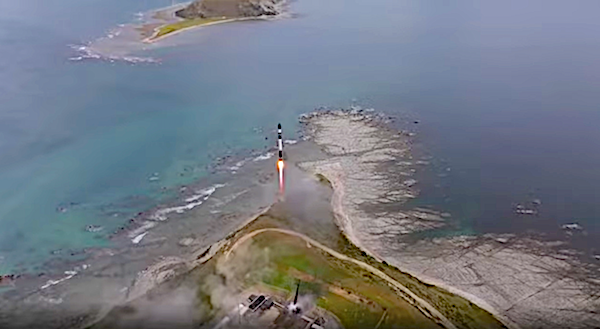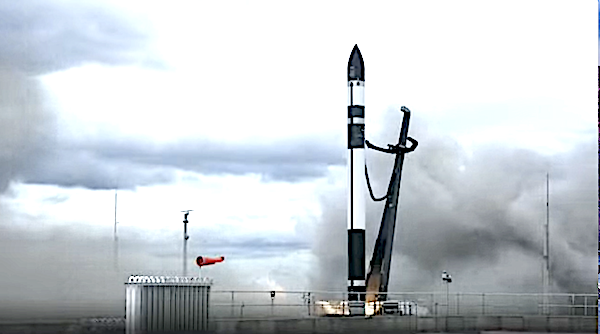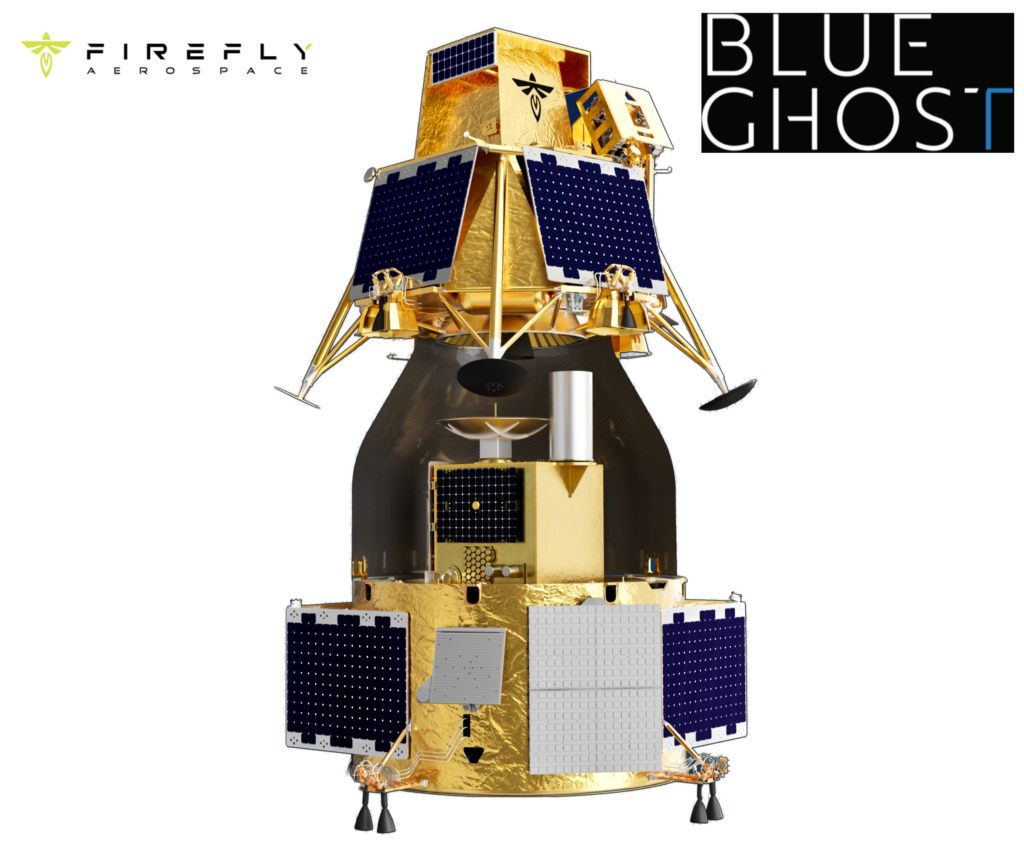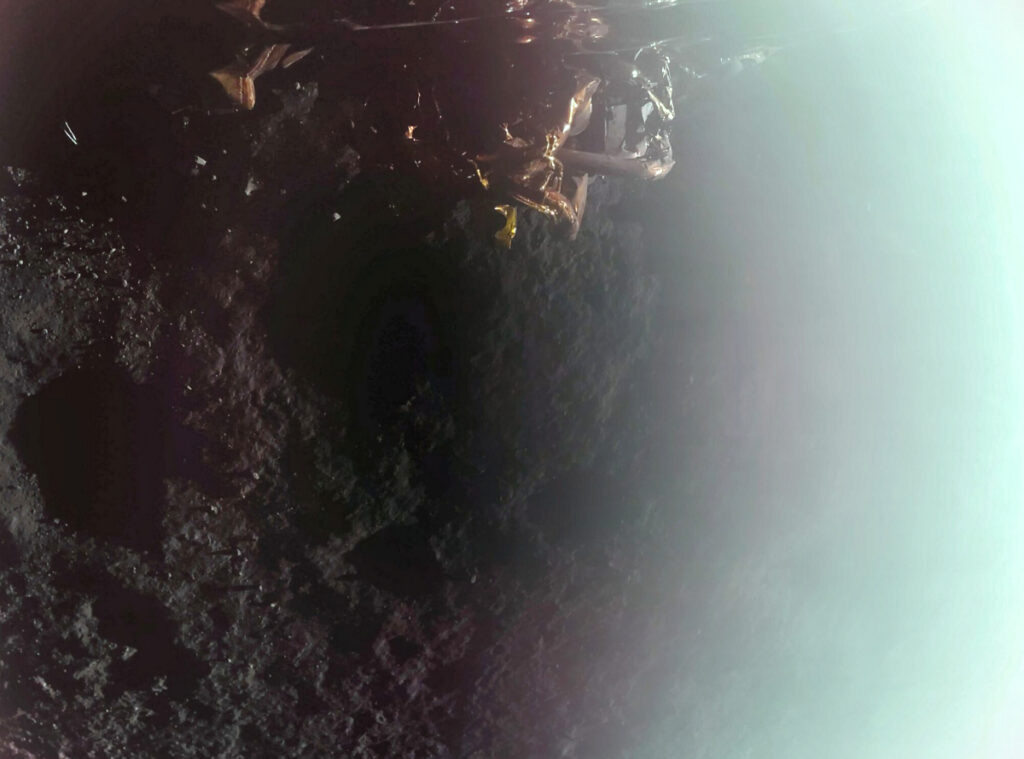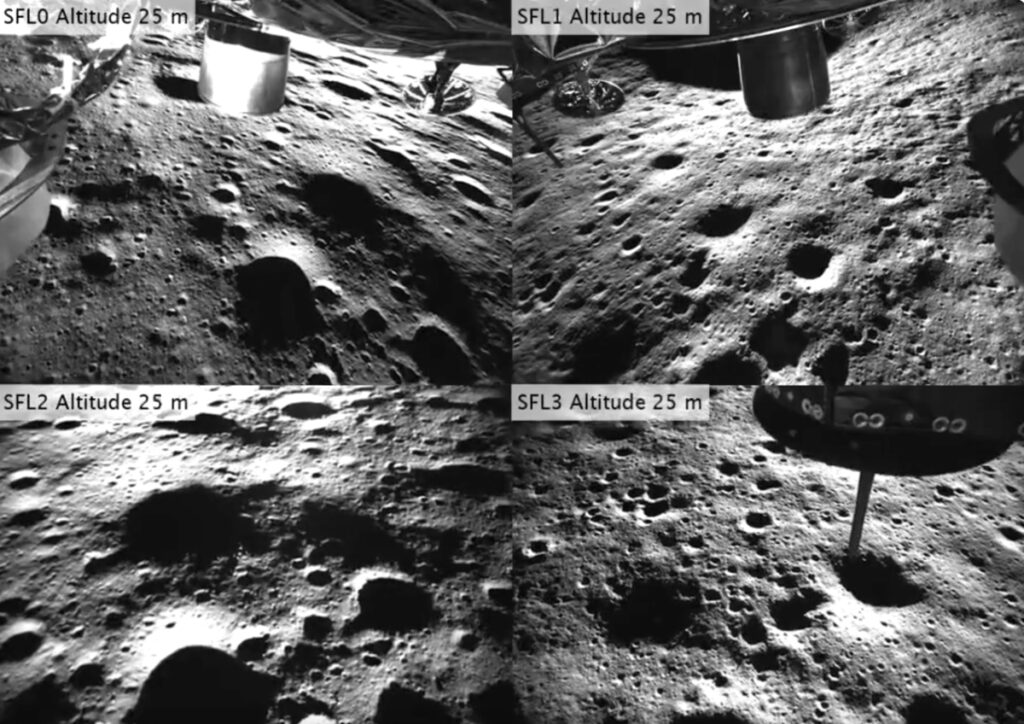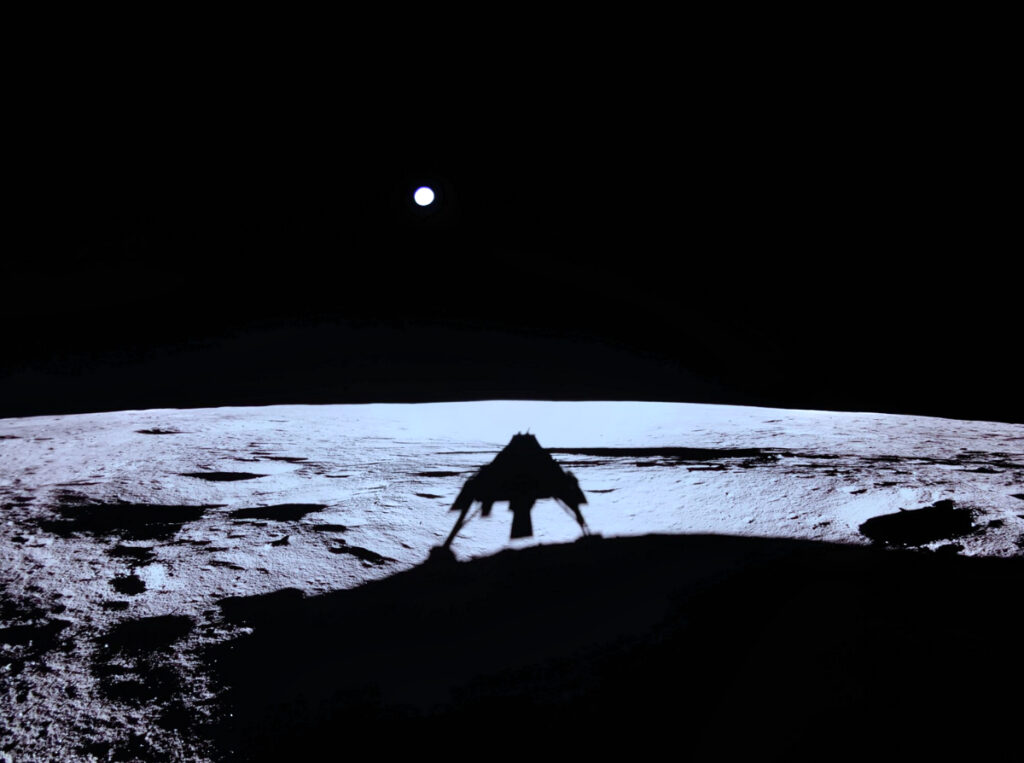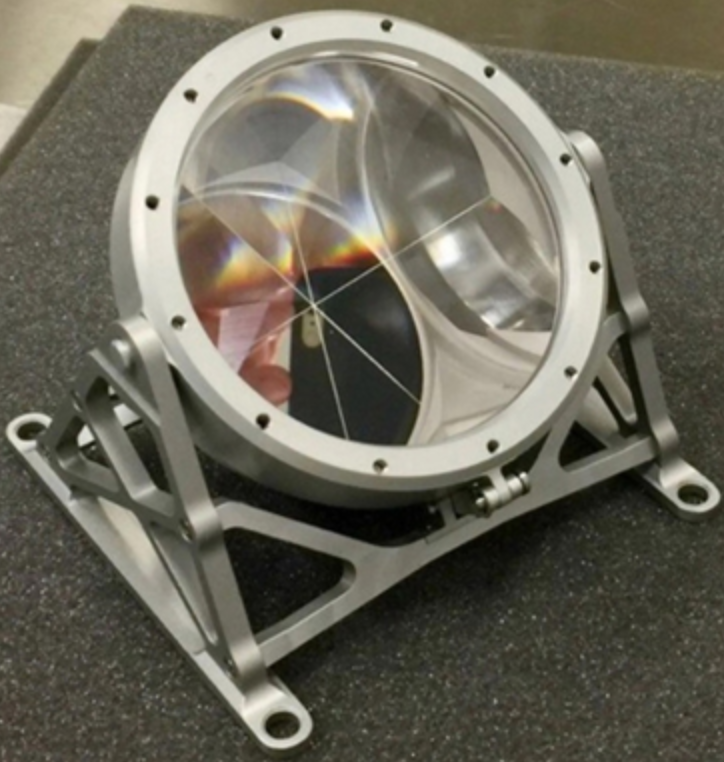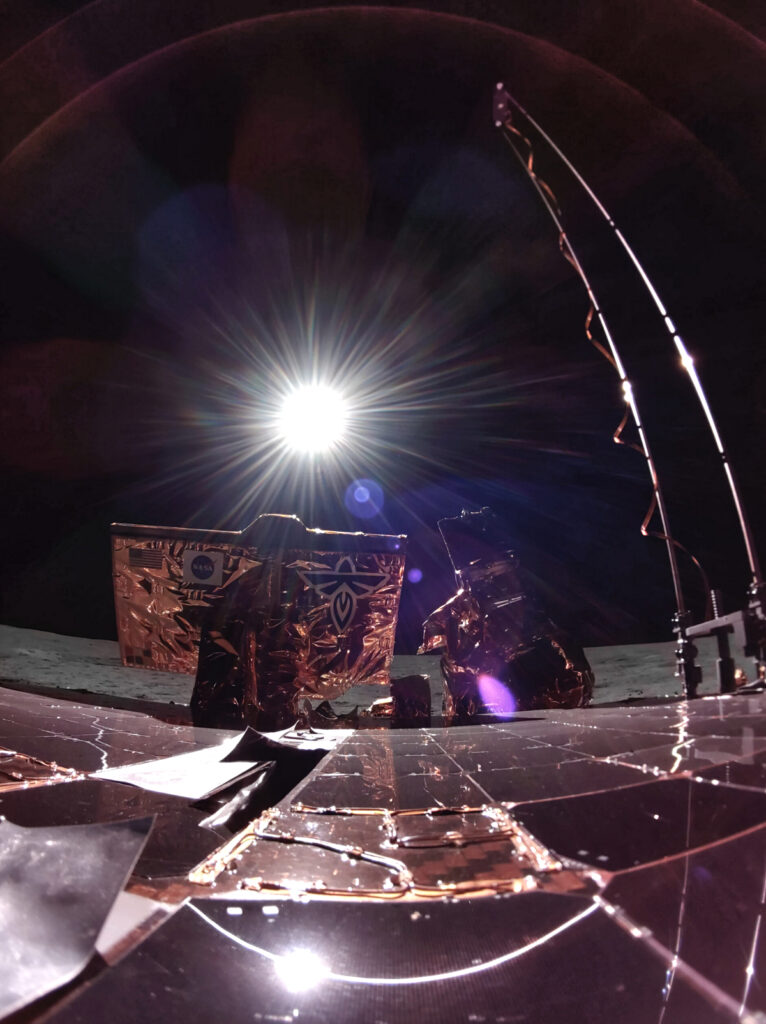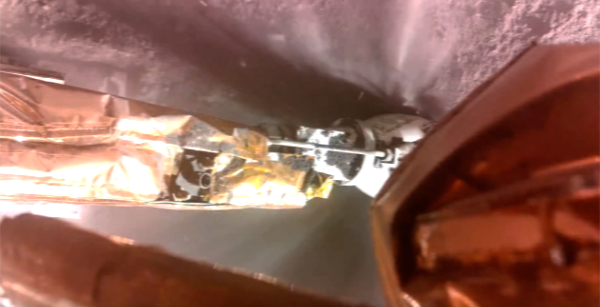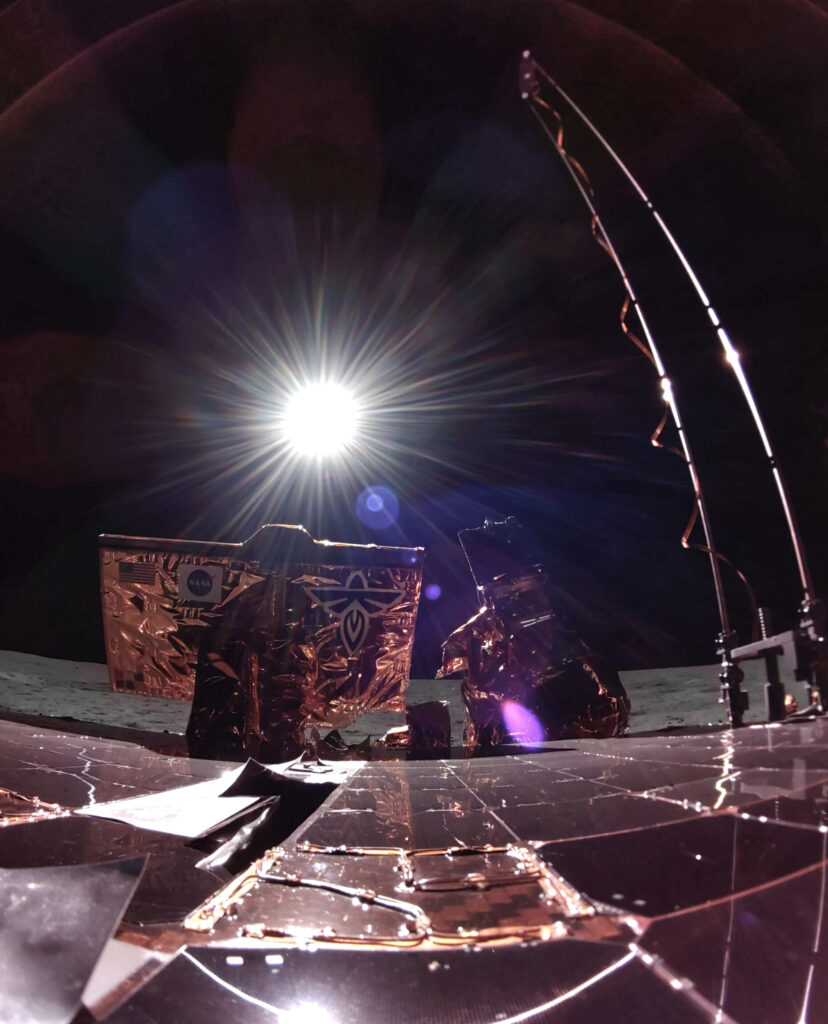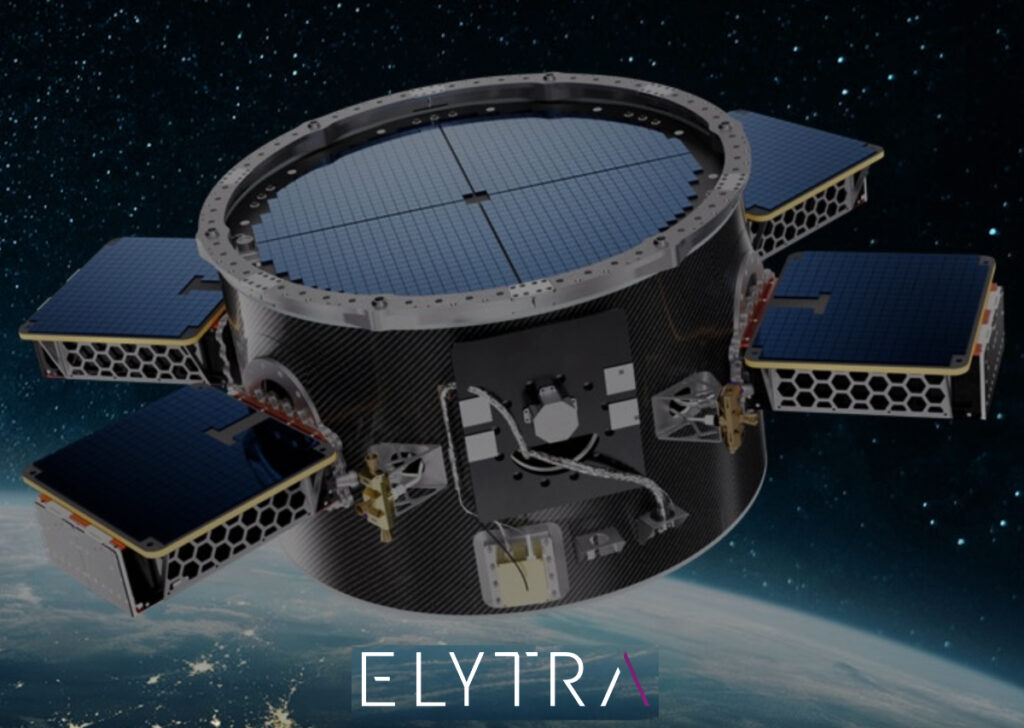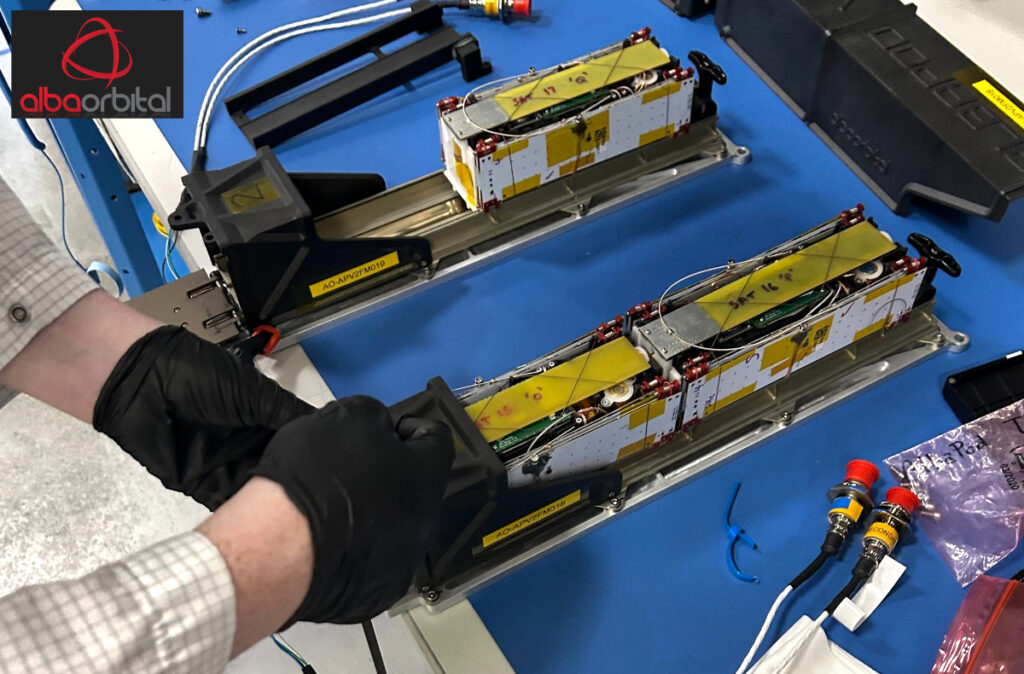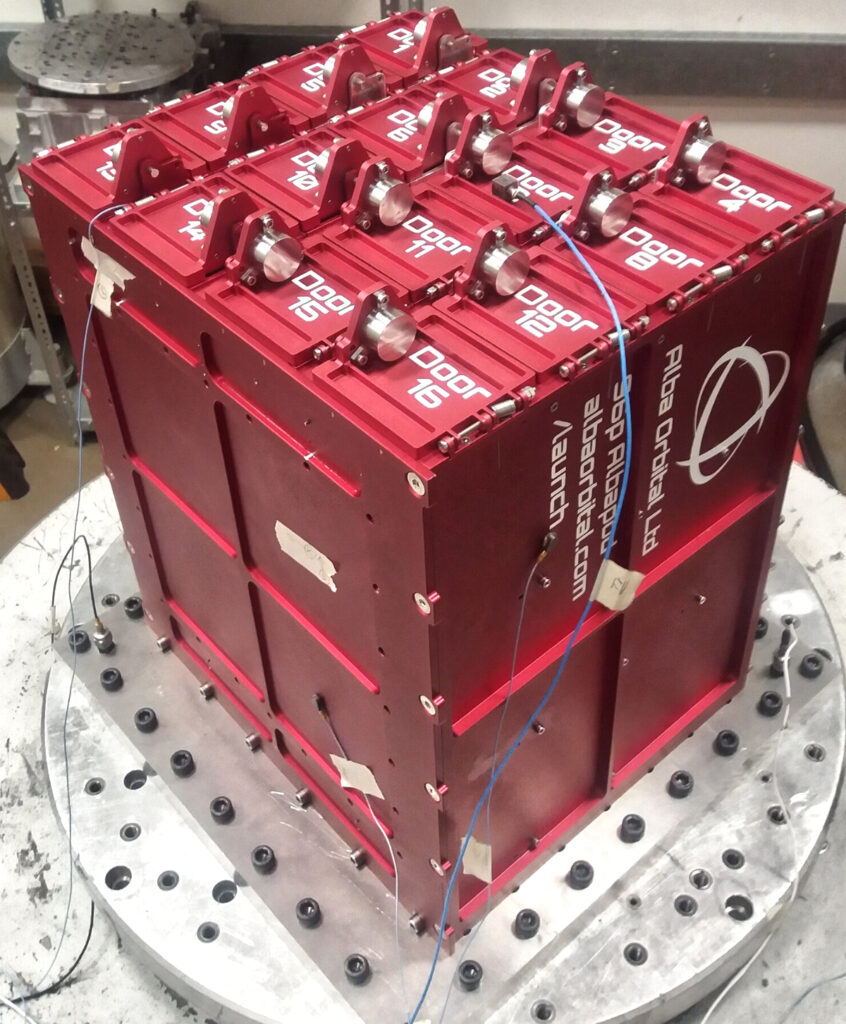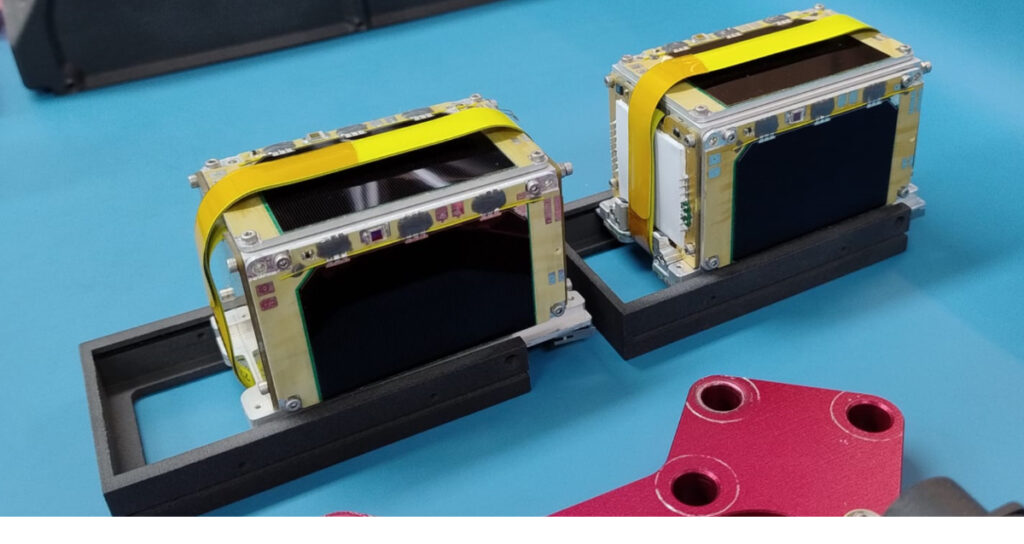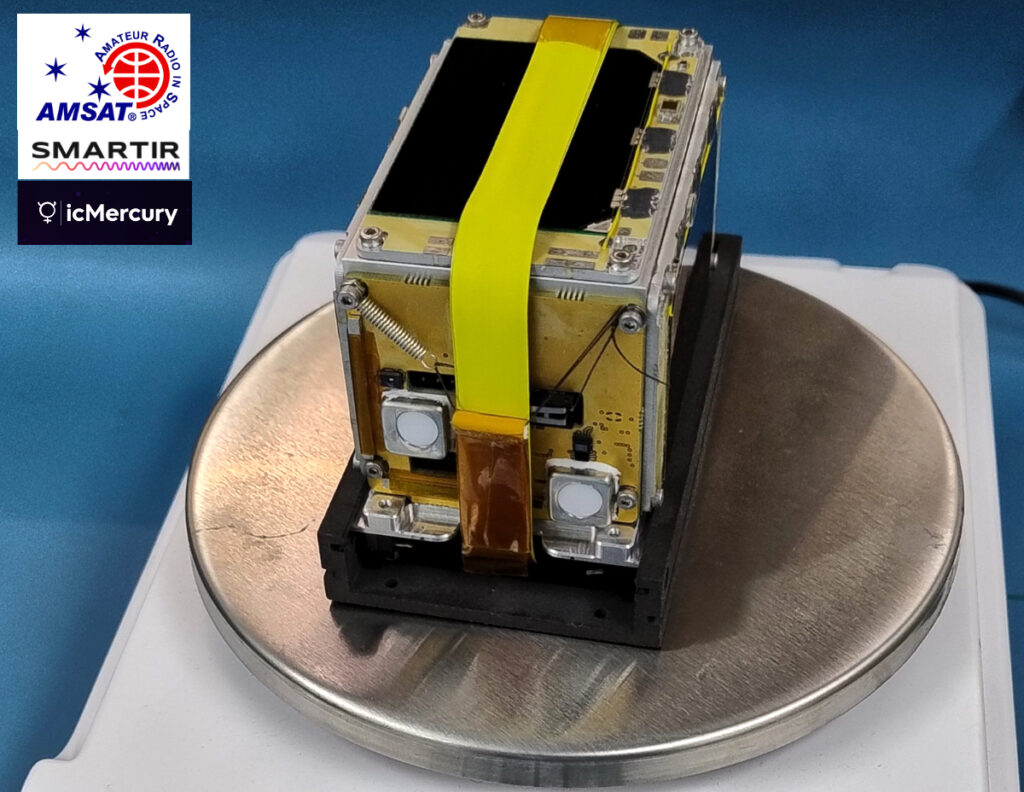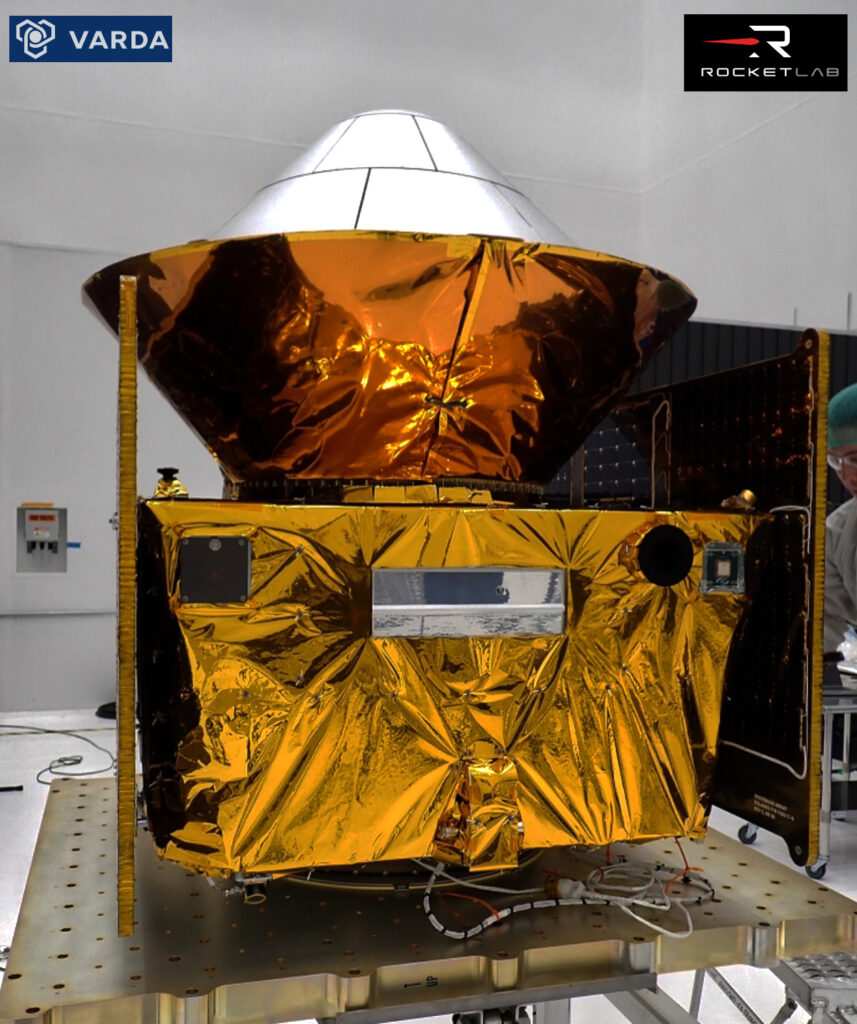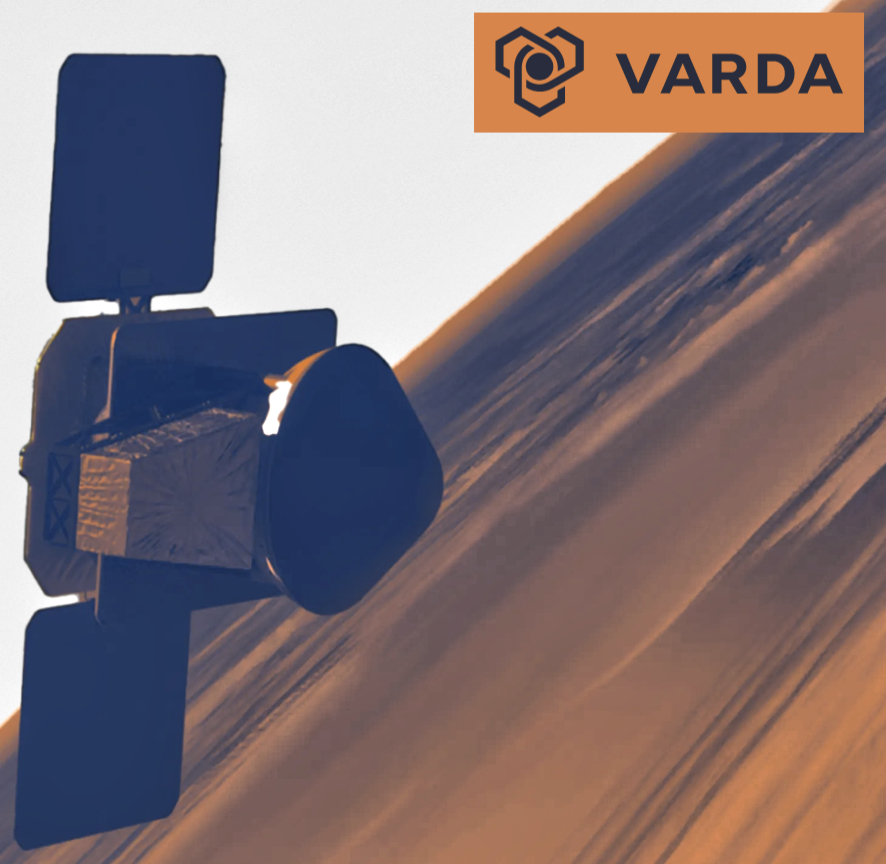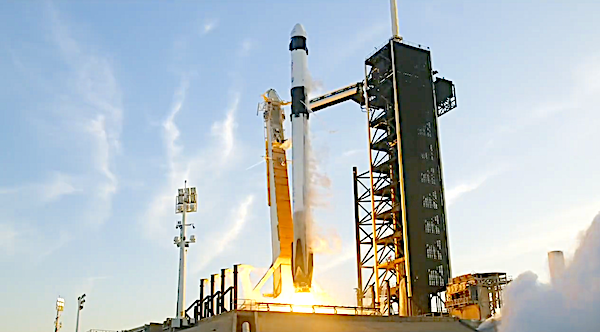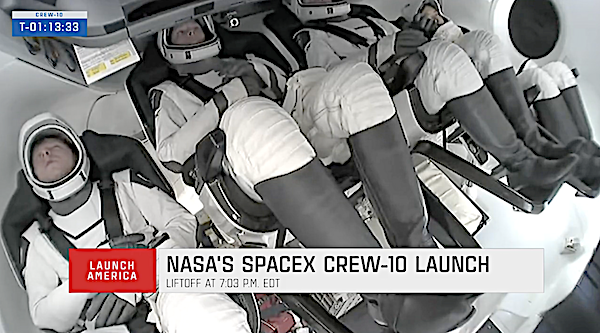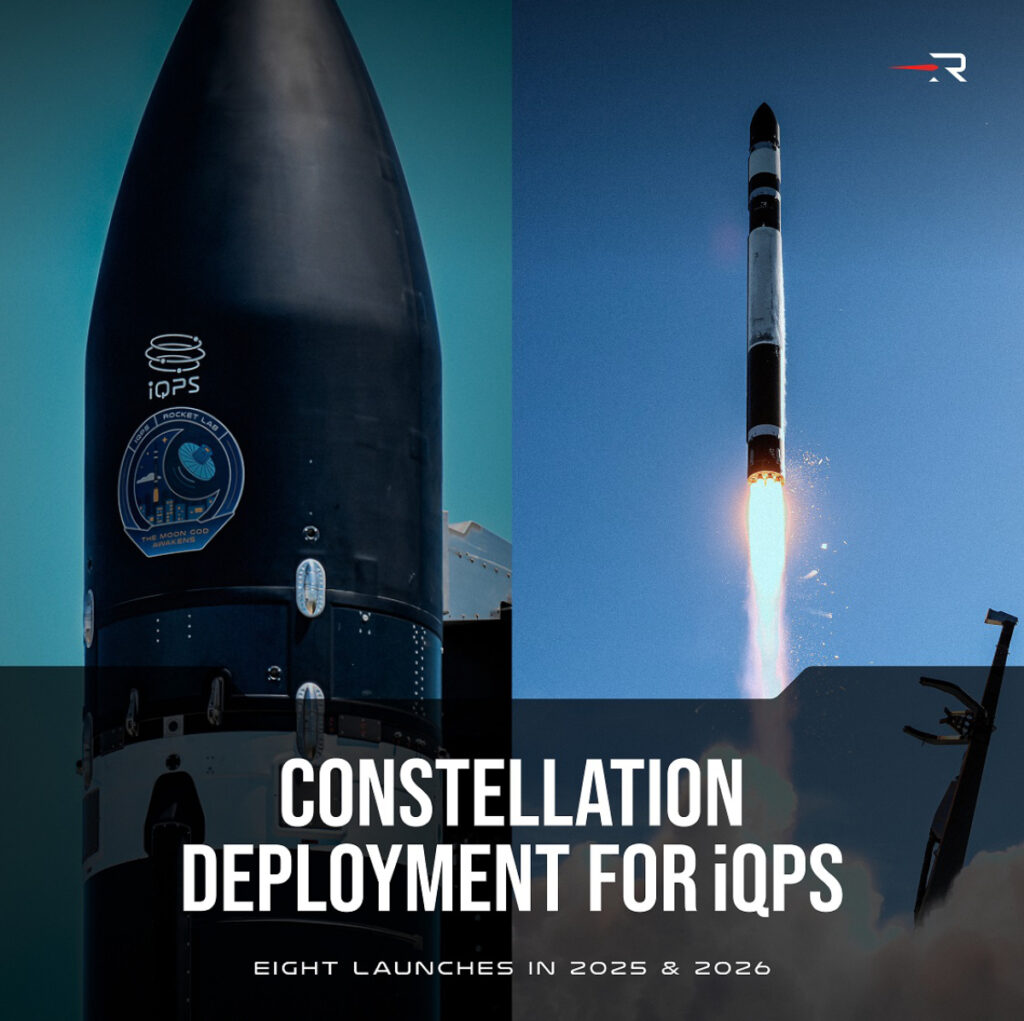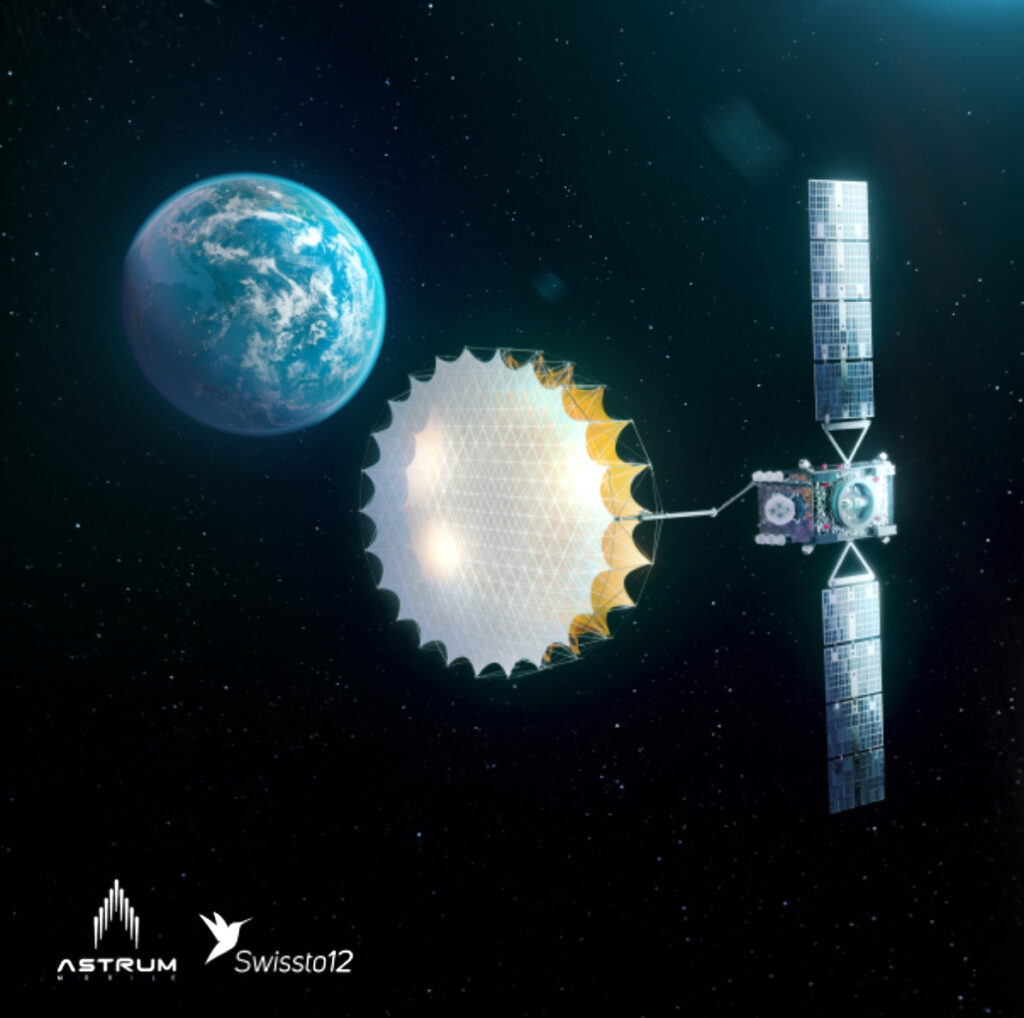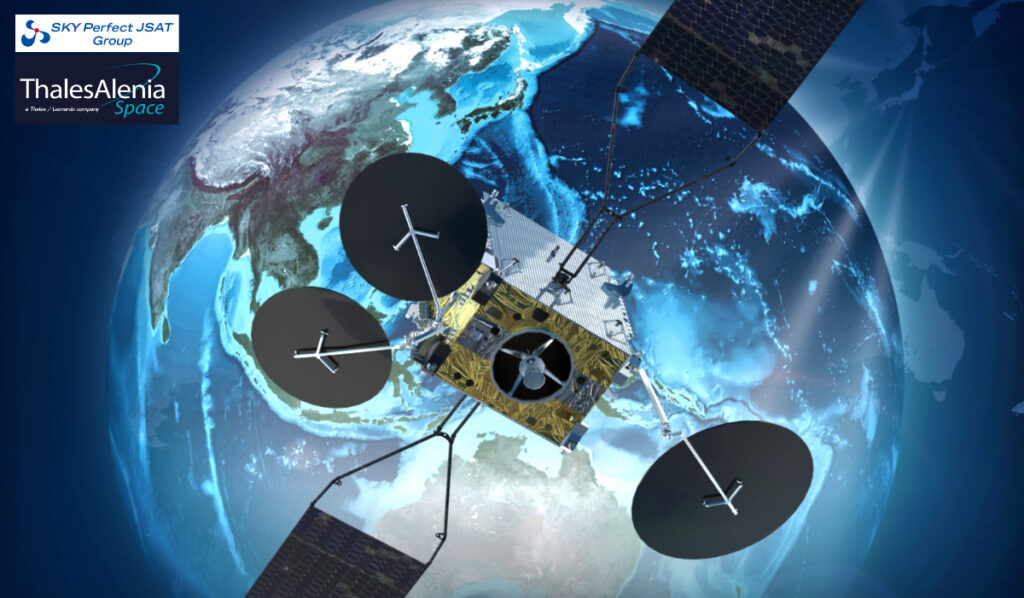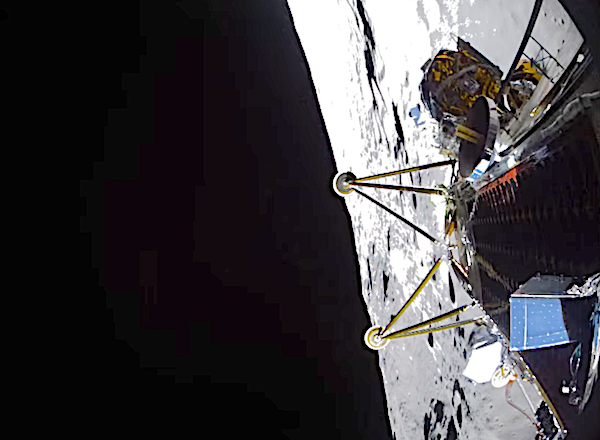
Interstellar Communication Holdings Inc. has launched their first icMercury PocketQube satellite, HADES-ICM—the satellite was deployed into LEO aboard SpaceX’s Falcon 9 rocket from Vandenberg Space Force Base in California on March 15, 2025.

This mission represents a significant step toward expanding space access for individuals, small businesses, and organizations. Developed in collaboration with experienced satellite manufacturing and launch partners, the icMercury satellite highlights how emerging space technologies are unlocking new opportunities in communication, exploration, and business applications.
Despite their small size, PocketQubes provide a cost-effective and ficient platform for research, Earth observation, and communication, making space more accessible than ever before. By leveraging this technology, icMercury moves closer to its vision of offering personal satellite services, allowing users to engage with space in an intuitive and meaningful way.

HADES-ICM is a 1.5P PocketQube satellite, measuring 5 cm × 5 cm × 8 cm, and weighing 400 g. It carries a hardware payload to test a low-power active graphene radiator developed by SmartIR, a spin-out from the University of Manchester, aiming to assess its feasibility in space. HADES-ICM is equipped with an SDR-based FM and FSK repeater for AX.25/APRS communications at 300/1200 bps, operating in the UHF band for downlink and VHF band for uplink.
Supported by the International Trade Council, the company, together with its partners on the icMercury project, will host a free webinar, “Unlocking the Possibilities – How You Can Launch a Satellite,” on March 19, 2025, from 4:00 to 6:00 PM EDT. The event will offer an inside look at the development and potential of PocketQube satellite technology, providing a unique opportunity to explore the journey of satellite launches and understand how space is rapidly becoming a tangible platform for innovation and growth. The webinar will also introduce the upcoming icMercury app, demonstrating how users can interact with the satellite in real time.
Register for this webinar at this direct link…
“The personal PocketQube concept of icMercury is a great example of how the New Space era is enabling affordable, beneficial, and even entertaining approaches to space exploration,” said Seda Hewitt, Space Ambassador of icMercury. “This is just the beginning, and we’re excited to share this journey.”
“PocketQube technology represents a major breakthrough in making space more accessible and versatile,” said Harri Laitinen, Lifeguard of icMercury. “These ultra-compact satellites prove that innovation is not about size but about efficiency and capability. We are excited to push the boundaries of what’s possible and explore the potential of this evolving technology.”
“This launch reflects the dedication and teamwork of everyone involved,” said Lijie Zhu, Captain of icMercury. “Every step, from design to deployment, required collaboration and a shared vision. With icMercury, we aim to provide the tools and experiences for people to explore, understand, and make creative use of space technology. This journey reminds us that in the vast universe, we are not alone.”
About Interstellar Communication Holdings Inc.
Interstellar Communication Holdings, Inc., a Florida based company, is a holding company that connects and consolidates space-related companies, enabling entrepreneurs and investors to tap into the vast potential of the universe. Interstellar Communication Holdings provides an affordable personal satellite service named icMercury for stargazers, using Pocketqube technology and a customized user platform. With this service, users will be able to access their satellite and unlock the potential of the universe.

